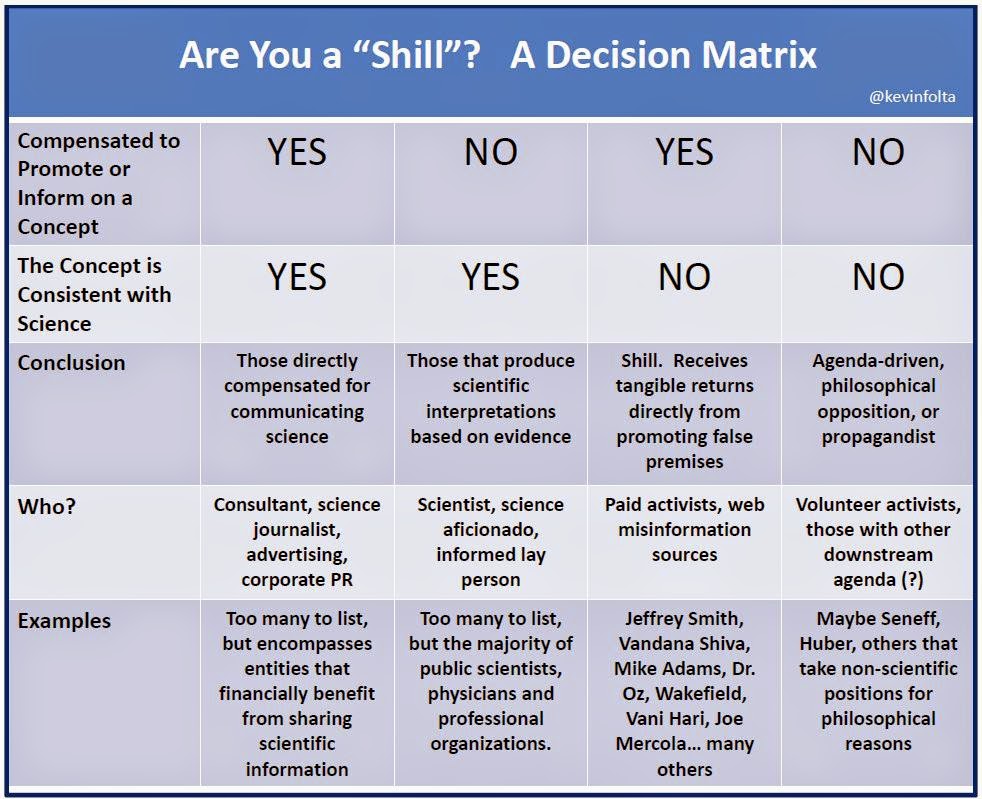Precaution Potatoes! - Out of the EU and Organic Production

The discovery of transfer DNA (T-DNA) in sweet potato indicates horizontal transfer of genetic material from bacterium to plant. The process is identical to that used in the generation of other transgenic plants, and transgenic plants bear the same bacterial DNA sequences used in the transfer process. The sweet potato is thuslly out of compliance with European Union standards, and must not be cultivated on organic farms. We must follow the Precautionary Principle- right? Almost 50,000 angry petitioners stand up against sweet spuds! For decades anti-GMO groups have warned us against adding genes and T-DNA to genomes. What do the critics say about T-DNA insertions? · There are no long-term studies showing their effects or if products are safe. · There is no way to guess at unintended consequences. Like causing Morgellon’s Disease and other infections . ·...






